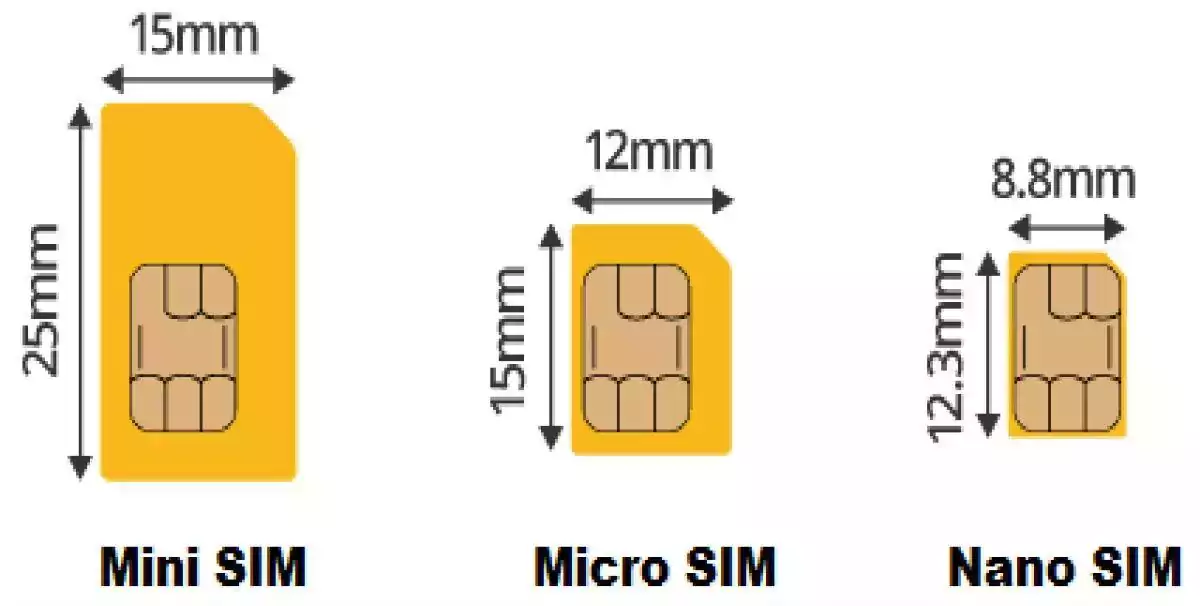RIM and Motorola have put forward a new proposal, an updated design of their 4FF Nano-SIM, and a compromise which it is hoped that Apple will accept.
The Nano-SIM wars have been raging for a while now, with the claws coming out back in March when Apple on one side, and Nokia, Rim and Motorola on the other, pushed for their own designs in terms of SIM shrinkage.
Accusations of unfair play on the part of Apple, and alleged attempts at vote skewing when it came to the European Telecommunications Standards Institute vote on the matter, soon followed.
Apple’s version requires a tray (as is in the iPhone already), and Nokia felt its design offered significant technical advantages, plus it argued that the Apple version could be accidentally jammed into a micro-SIM slot. Apple’s design was then tweaked to ensure this couldn’t happen.
Eventually, with no agreement on which way to turn, the ESTI vote on the Nano-SIM standard was delayed. The clear danger being that should an agreement prove unreachable, there could be two “standards” out there.
Hence the latest design from the RIM, Motorola and Nokia which takes a compromise approach and incorporates Apple’s work.
Indeed, the compromise design leans heavily towards Apple, and is basically the Cupertino firm’s baby, but with a notch on one edge, to enable it to be pushed in and secured in a slot (and pushed again to remove) without the need for a tray.
You might think that Apple would accept this fresh design, given that it’s heavily slanted in its favour. But Cupertino holds a lot of the cards here, with much carrier backing for its proposal, and Apple has previously objected to a notch, noting it would hamper the usable space inside the card.
Who knows, perhaps an agreement will finally be reached now. Although you could question, why all the fuss, and do we really need a Nano-SIM anyway? What’s the benefit, exactly?
Yes, it’s thinner, and in this day and age of trying to shave fractions of a millimetre off svelte smartphones, that perhaps counts for something. But is a 15 per cent thinner SIM really going to make that much difference? Is it worth all this hassle and protracted bickering?
Couldn’t we just skip to the next-generation of SIM card, which shaves off more thickness and might make more of a difference to smartphone internals?
Not likely. We should hear what Apple makes of this latest move at the end of the month.[



